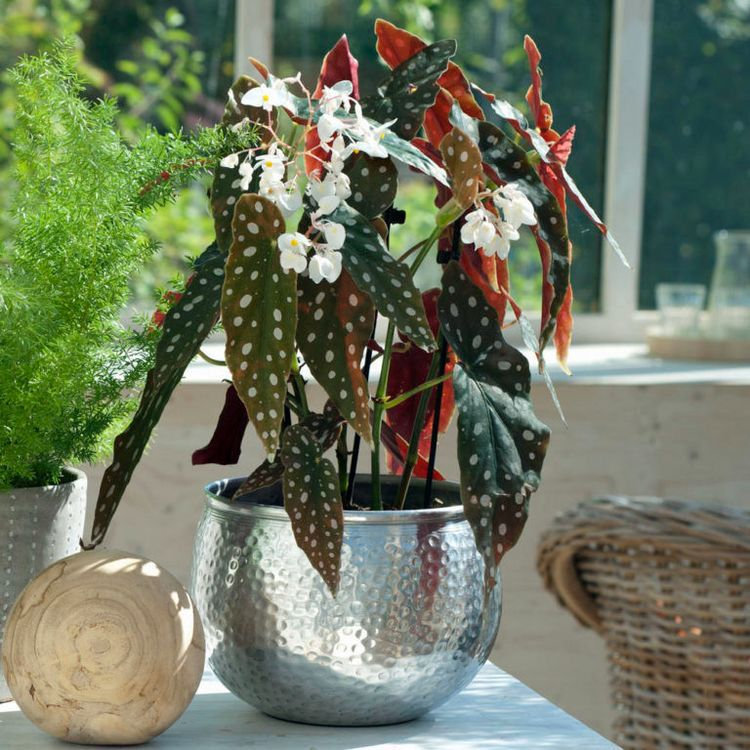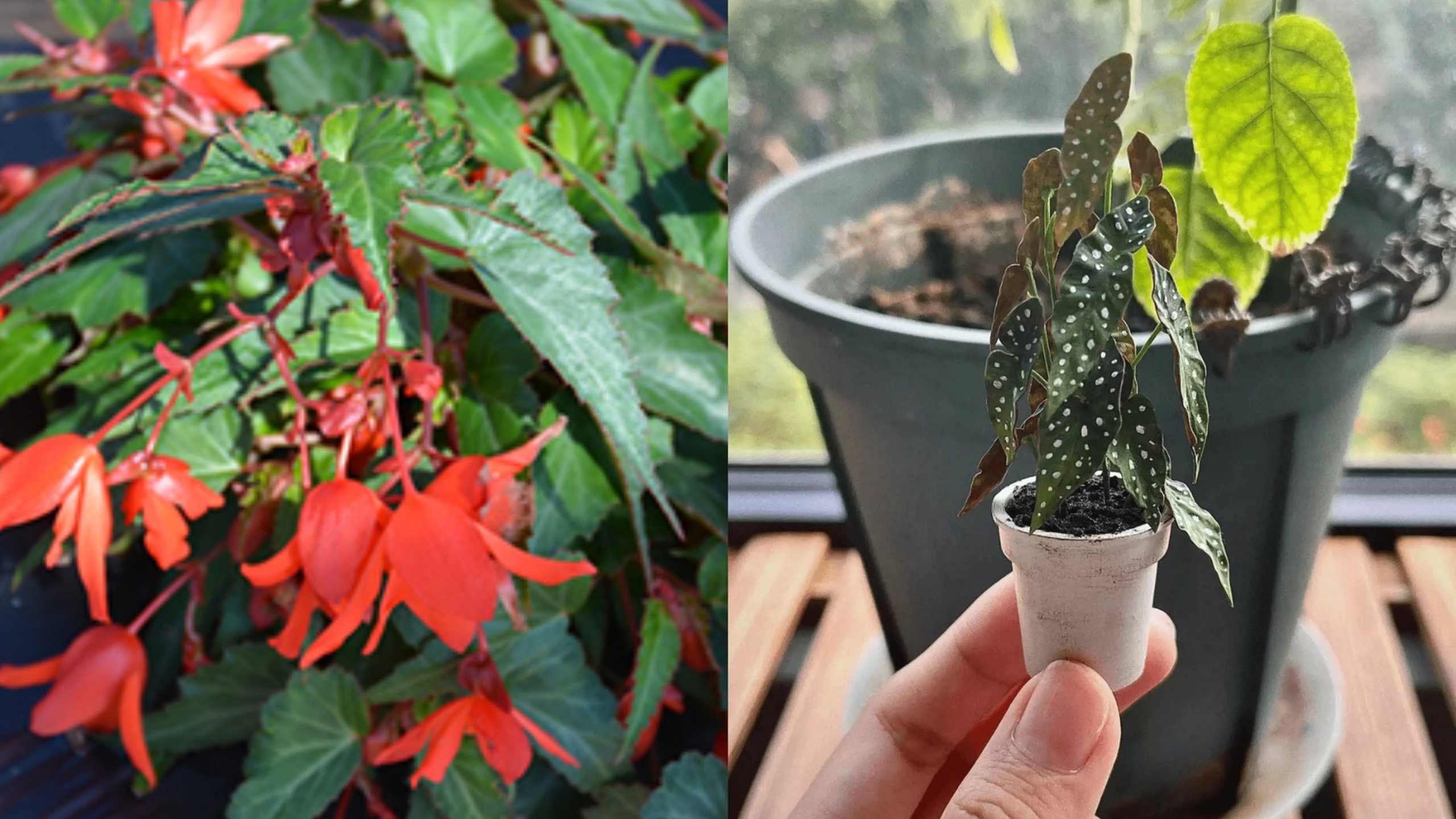The begonia coral is a stunning plant with delicate, hanging clusters of pinkish-red flowers that cascade downward, creating an elegant and vibrant display. Its unique, lush appearance makes it a popular choice for indoor gardens and as a decorative piece in various settings. Whether you’re a seasoned plant enthusiast or just starting, proper care ensures your begonia remains healthy, blooms beautifully, and enhances your space.
Let’s explore the essential tips to nurture your begonia coral, addressing common questions and offering practical advice for every stage of its growth.
Choosing the Perfect Spot
Lighting
Begonia coral thrives in bright, indirect light. Place it near a sunny window where it can enjoy plenty of light but is protected from direct sunlight, which can scorch the leaves. Think of it as a cozy corner where the plant gets plenty of warmth and ambient light without the harsh rays directly hitting its foliage.
Temperature and Airflow
This plant prefers moderate temperatures and does not tolerate drafts or sudden temperature changes. Keep it away from air conditioning vents, heaters, or open windows with strong breezes. Good airflow is beneficial, but avoid placing it in a spot with cold drafts, especially during winter.
The Right Soil and Potting
Soil Composition
Begonia coral loves well-draining soil that is slightly acidic, with a pH between 5.5 and 6.5. Use a high-quality potting mix designed for tropical or flowering plants. It’s helpful to add perlite or small ceramic pellets to improve aeration and prevent water from stagnating around the roots, which can lead to root rot.
Choosing the Pot
Select a container with drainage holes to allow excess water to escape. This ensures that the roots don’t sit in water, which is crucial for preventing diseases and keeping the plant healthy.
Watering: Keep It Moist, Not Wet

Consistent watering is vital. The goal is to keep the soil evenly moist but not soggy.
How to water
- Check the top inch of soil; if it feels dry, it’s time to water.
- Preferably, water from below by placing the pot in a saucer of water for about 15-30 minutes. This method helps prevent fungal infections and encourages roots to grow downward.
Avoiding Problems
Overwatering is a common mistake. Too much water can cause root rot, while underwatering can lead to wilting. Finding a balance is key. Ensure your pot drains well so excess moisture doesn’t accumulate.
Fertilizing for Flourishing Blooms
Feed your begonia coral during its active growing seasons—spring and summer—with a balanced, water-soluble fertilizer. Follow the instructions on the package, usually once every two weeks.
Important tips
- Do not fertilize during winter when the plant’s growth naturally slows down.
- Over-fertilizing can cause lush foliage at the expense of flowers and can stress the plant.
Trimming and Shaping
Pruning
In spring, carefully prune any leggy or damaged stems to maintain a compact, bushy shape. Regular trimming encourages new growth and more abundant flowering.
How to prune
Use clean, sharp scissors or pruning shears. Remove dead or yellowing leaves and any weak stems. This not only improves appearance but also directs energy toward healthy growth.
Repotting and Propagation
When to repot
Typically, your begonia coral will need a larger pot every 2-3 years, especially if it has outgrown its current container. Repot in spring, just as new growth begins.
Propagation methods
- Cuttings: Take cuttings from healthy stems, remove lower leaves, and root them in water or moist soil.
- Division: During repotting, divide the root ball into sections if the plant has multiple crowns, then plant each in a new pot.
These methods are simple and effective ways to expand your collection or share with friends.
Monitoring for Pests and Diseases
Common issues
- Powdery mildew: Look for white, powdery spots on leaves. Ensure good air circulation and avoid overhead watering.
- Cochinillas (scale insects): Small, sticky insects that attach to stems and leaves. Remove manually or treat with insecticidal soap.
Plant health
Regularly inspect your begonia for signs of trouble. Address issues promptly to keep it vibrant and healthy.
Pet safety
Begonia coral has a mild level of toxicity if ingested. Keep it out of reach of curious pets and children to prevent accidental poisoning.
Final Tips: Enjoying Your Begonia
With attentive care, your begonia coral will reward you with its beautiful hanging clusters and lush foliage. It can brighten up any space—living room, balcony, or even a shaded patio—and become a focal point with minimal effort.
Remember, patience and watching your plant grow are part of the joy. Proper watering, suitable light, and occasional pruning will keep your begonia thriving for years to come.

